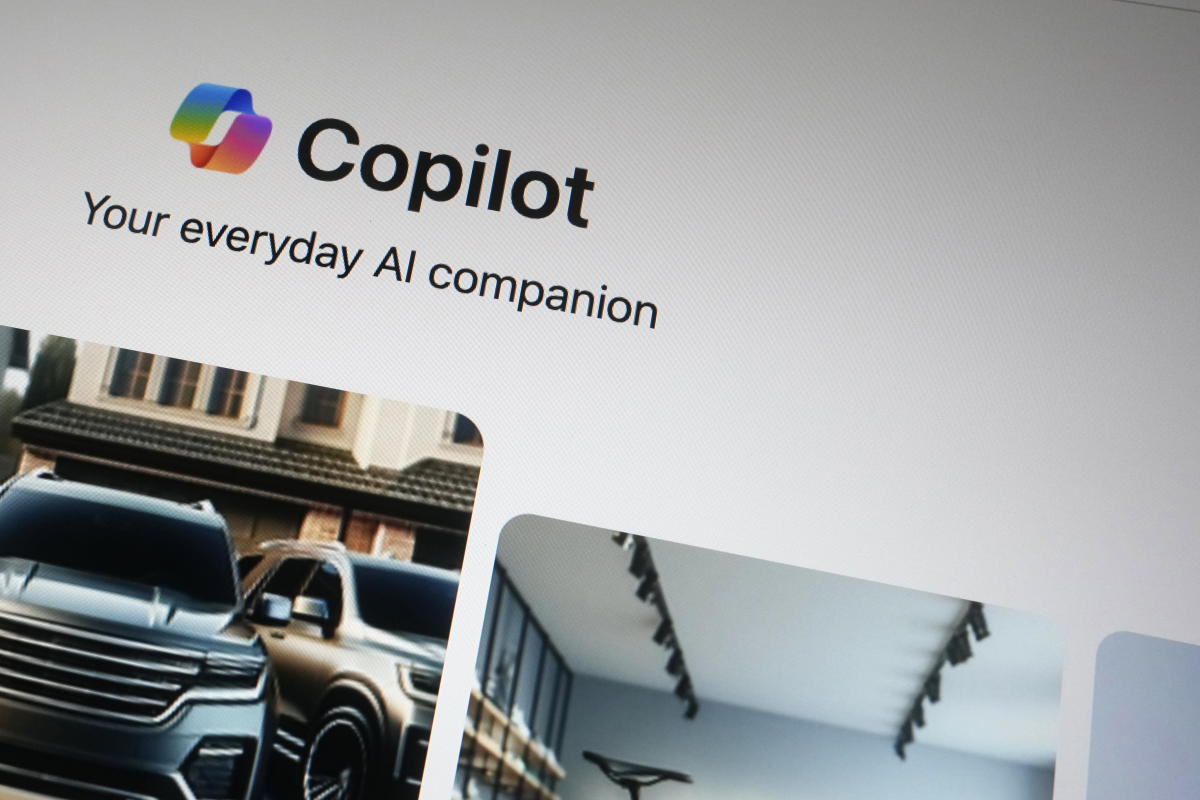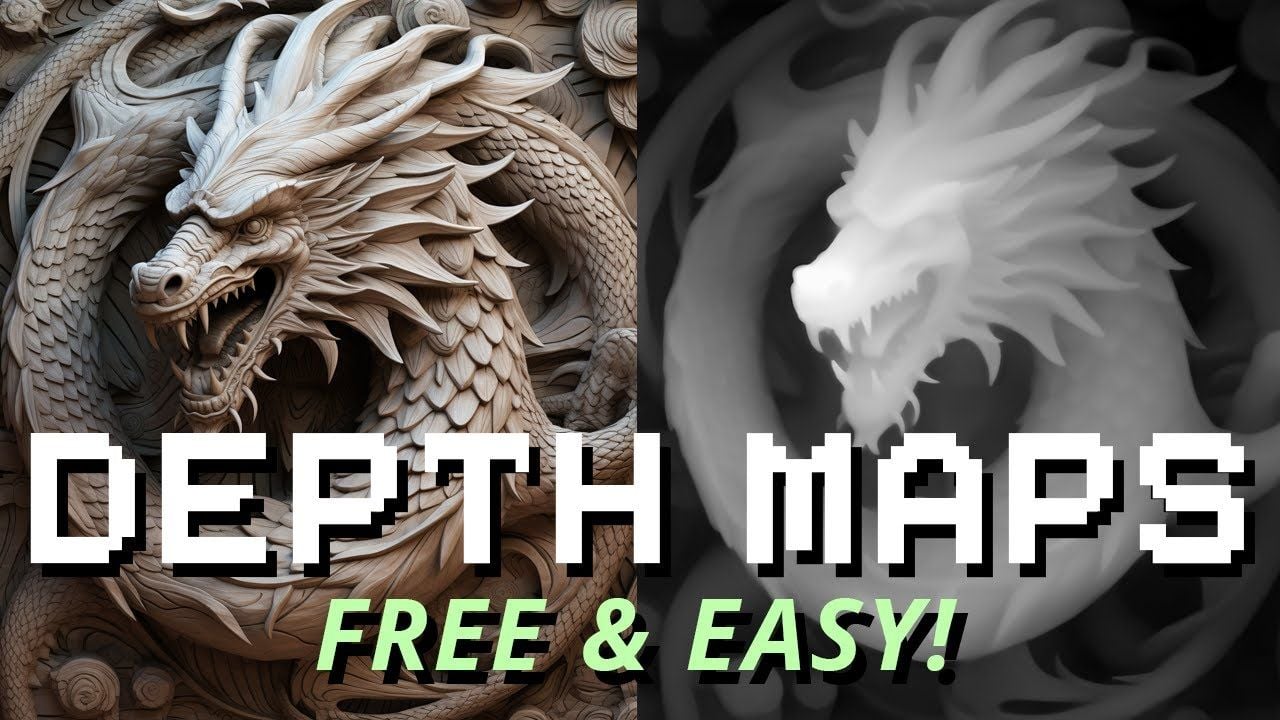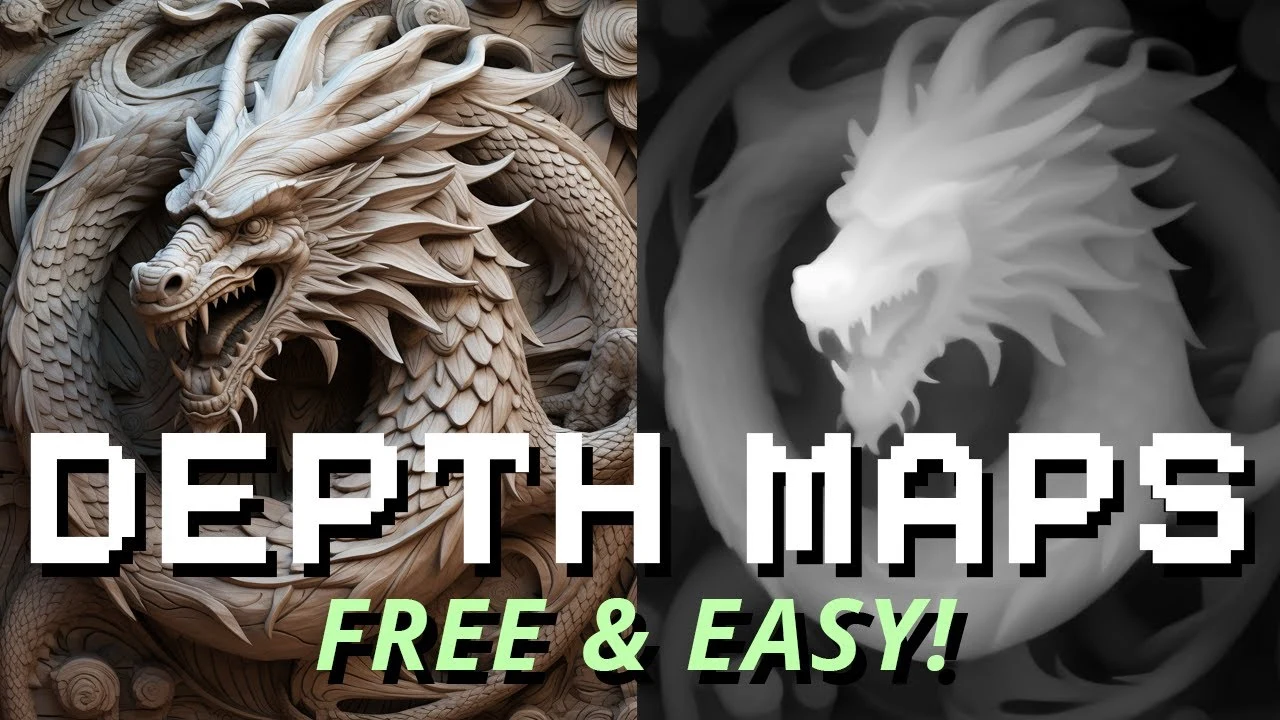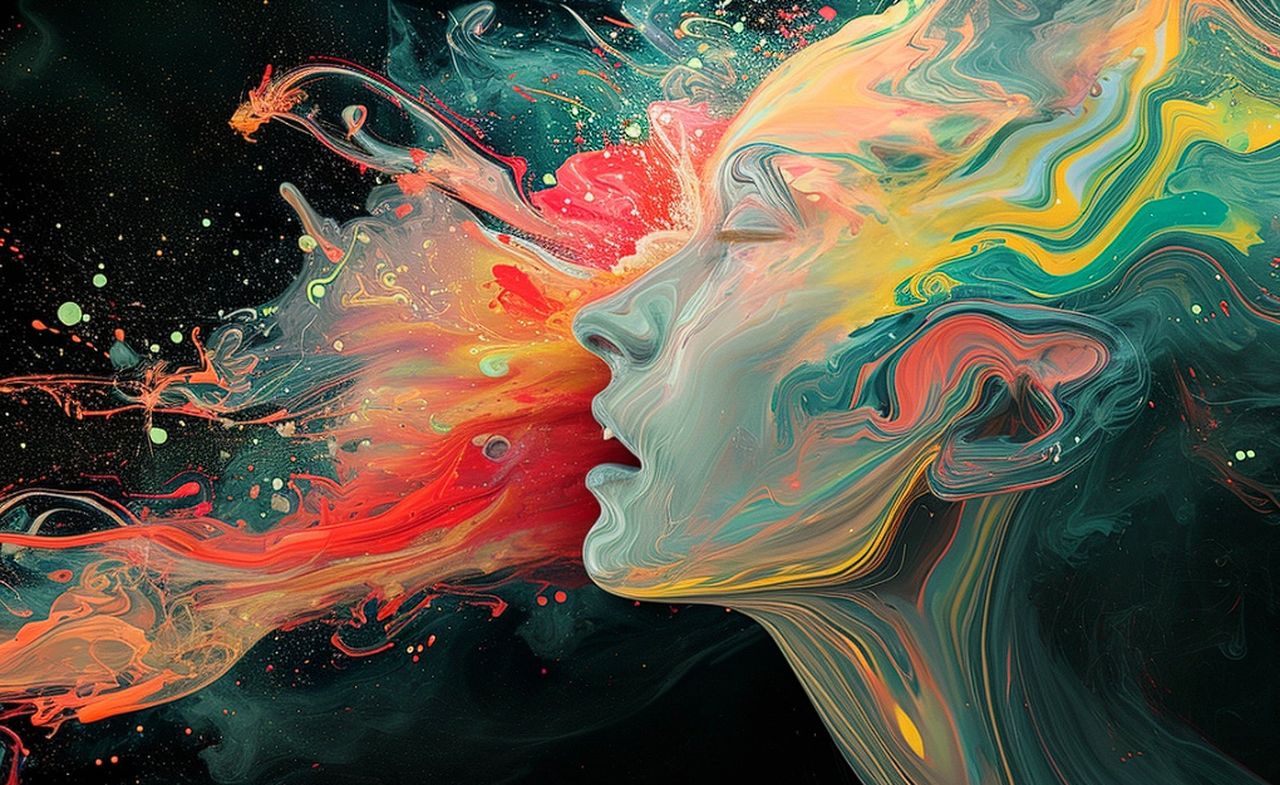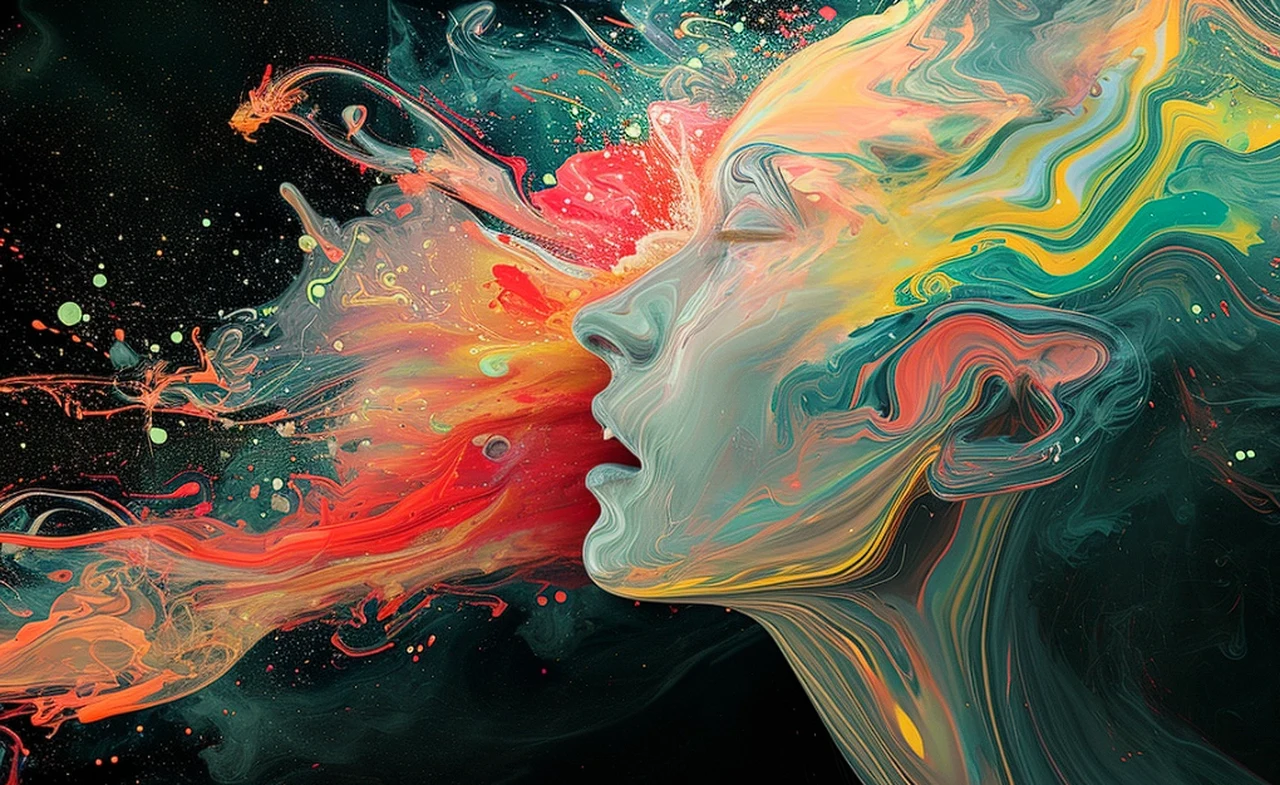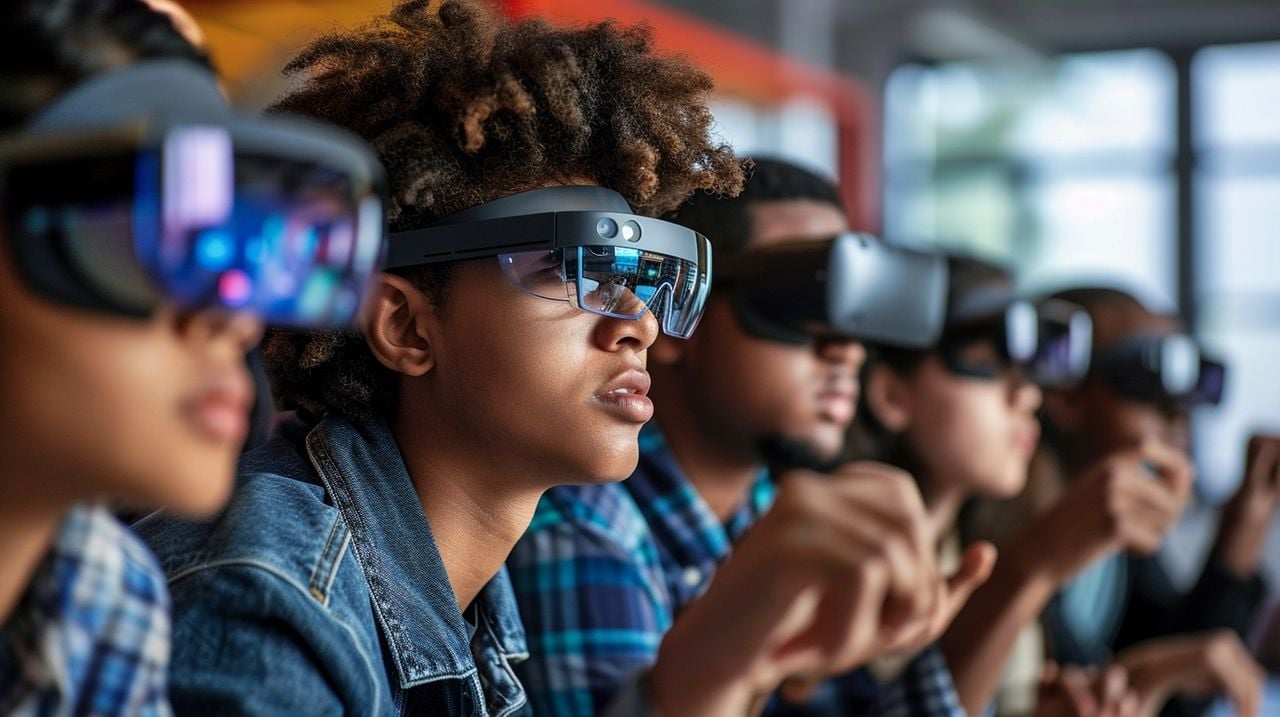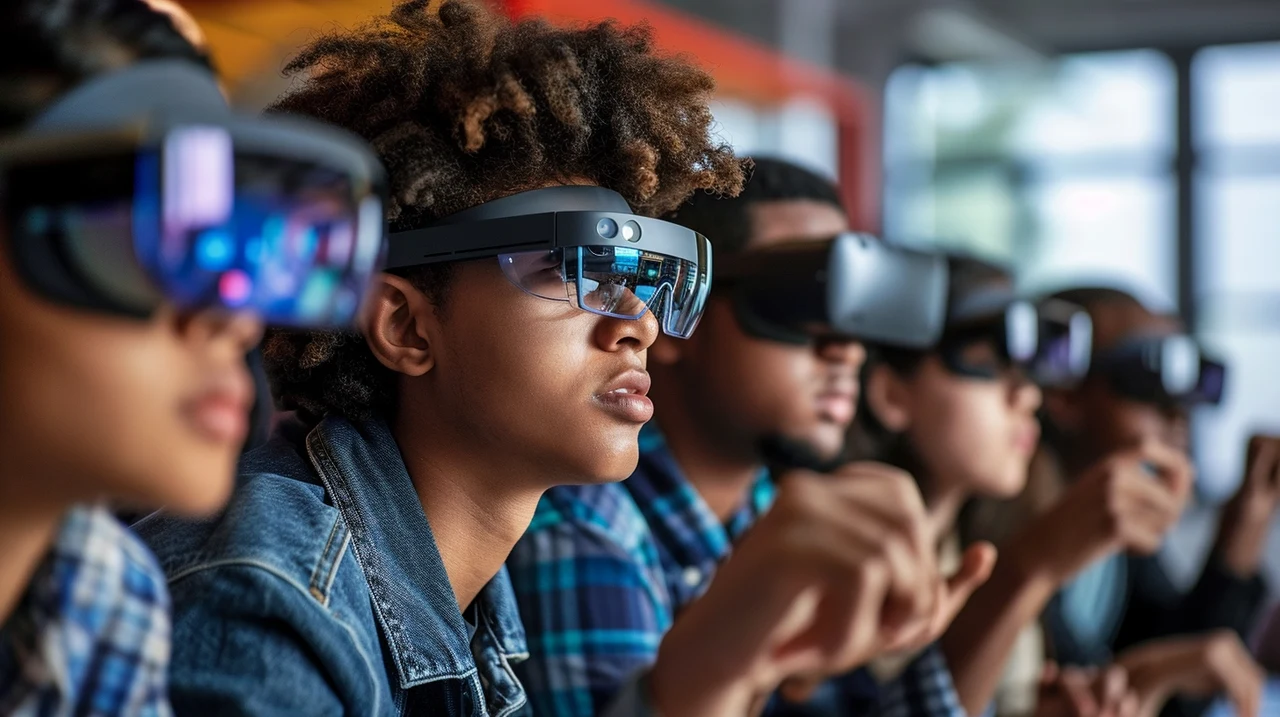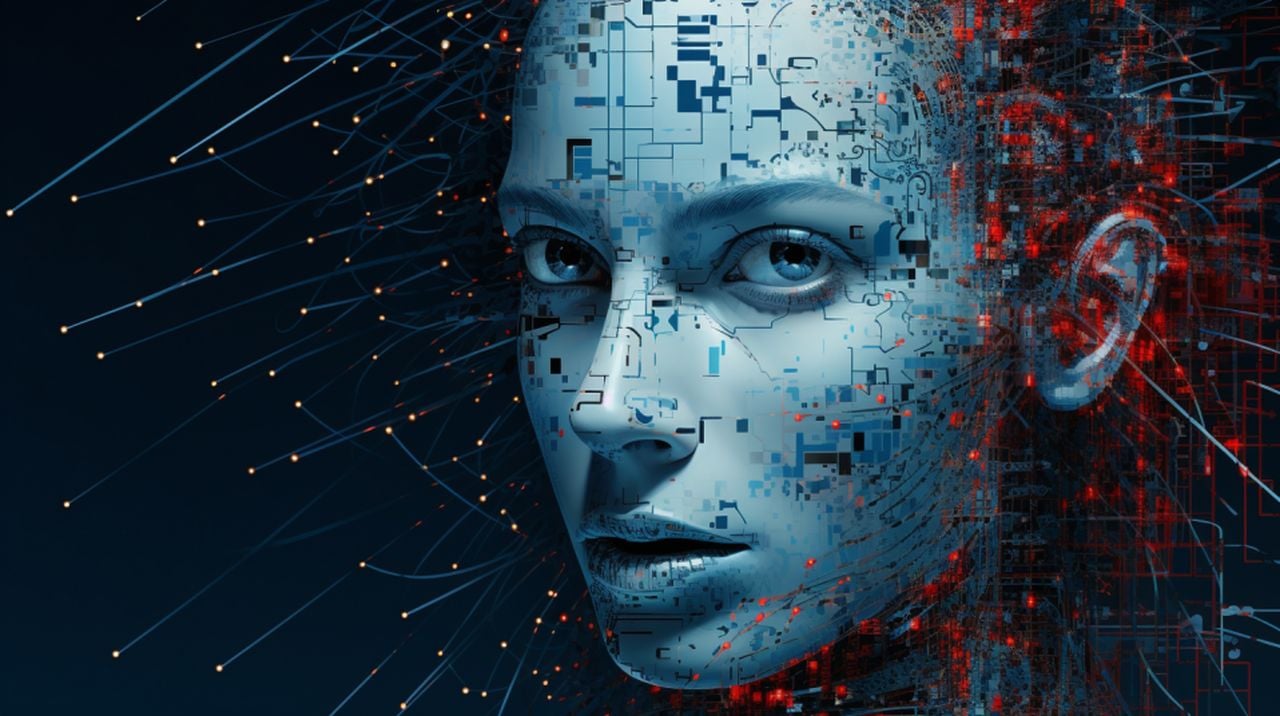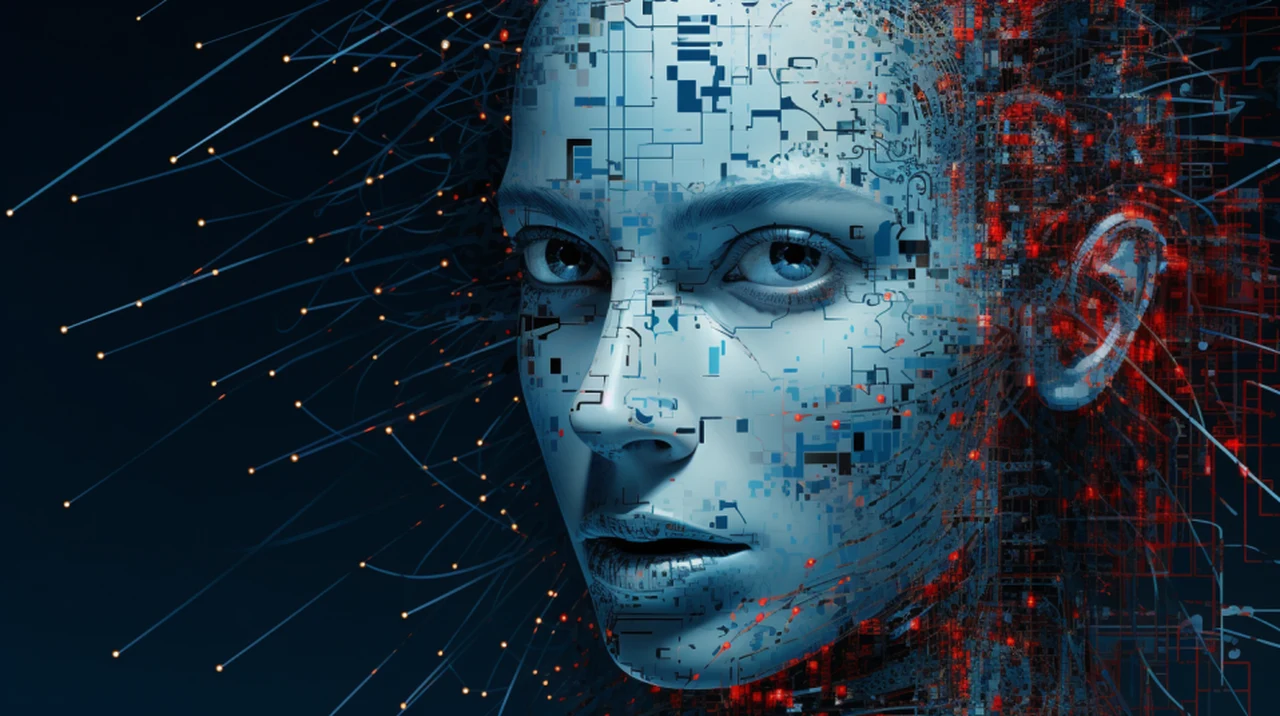
Stability AI has this week unveiled a number of new advances in artificial intelligence including its new Stable 3D AI technology that allows users to create 3D models from text prompts. As well as its handy Sky Replacer AI tool perfect for real estate agents looking to transform photographs with gloomy skies into beautiful clear blue vistas.
In another announcement Stable Fine Tuning offers businesses and developers the ability to fine-tune pictures, objects, and styles at record speed, all with the ease of a turnkey integration for their applications. Stable FineTuning AI technology is currently in private preview and has been specifically designed to offer enterprises and developers an easy and quick way to fine-tune a wide variety of digital assets. For more information jump over to the Stability AI website and contact form.
Watermarking AI images
Stable FineTuning gives users the ability to customize pictures into modern digital art, including the addition of stunning landscapes, avatars, and other imaginative creations. This is valuable for employees in the entertainment, gaming, advertising, and marketing industries, which often rely on visuals for sales and brand-building, providing them with a more personalized customer experience.
In addition to its core functionality, Stable FineTuning’s private preview comes with added features that enhance the overall user experience. One of these is the integration of Content Credentials and invisible watermarking for images generated via their API. This feature underscores Stability AI’s commitment to transparency in AI-generated content. It ensures that users can confidently use the tool without worrying about copyright issues or authenticity of the AI-generated content.
Other articles you may find of interest on the subject of fine tuning AI models :
Invisible watermarking in AI-generated images offers a multifaceted approach to solving problems related to intellectual property, data security, and content traceability. One of the most immediate benefits is the protection of intellectual property rights.
Intellectual Property Rights
An invisible watermark can act as a digital signature that certifies the origin of the image. This is particularly valuable for artists or organizations that produce unique visual content, as it provides a way to prove ownership. Additionally, the watermark can contain metadata about the licensing terms, making it easier to manage how the image is used and shared.
- Ownership Proof: The invisible watermark can serve as a digital signature, certifying the origin of the image. This is crucial for artists and organizations that generate unique visual content.
- Licensing: The watermark can hold metadata about how the image can be used, simplifying licensing arrangements.
Data Security
In terms of data security, invisible watermarking serves as a tool for both tamper detection and unauthorized use prevention. Some watermarks are designed to be fragile, so any alterations like cropping or rotation will disrupt the watermark, thereby flagging the image as tampered. This feature can be critical in legal or secure environments where the integrity of the image is paramount. Moreover, the watermark can be configured to trigger alerts if the image is used in unauthorized settings, providing an additional layer of security against data leaks or misuse.
- Tamper Detection: Invisible watermarks can be designed to be fragile. Any alteration to the image (like cropping, rotation, etc.) can disrupt the watermark, indicating that the image has been tampered with.
- Unauthorized Use: A watermark can trigger alarms or notifications if the image appears in an unauthorized setting, aiding in immediate action against data leaks or misuse.
Content Traceability
Content traceability is another area where invisible watermarking shines. It allows for source tracking and the creation of audit trails. In workflows involving multiple iterations or versions of an image, being able to trace an image back to its original version or source can be invaluable. Similarly, for regulatory compliance in certain industries, an invisible watermark can serve as an effective way to log when, where, and by whom an image was accessed or modified.
- Source Tracking: In scenarios involving multiple iterations or versions of an image, watermarks can help trace the image back to its original version or source.
- Audit Trails: For regulatory compliance, an invisible watermark can serve as a log entry, verifying when, where, and by whom the image was accessed or modified.
User Experience
User experience is also enhanced through invisible watermarking. Because the watermark is invisible, it does not interfere with the visual quality of the image. This is especially important in professional or artistic settings where the integrity and appearance of the image are critical. Finally, in the context of machine-to-machine communication, invisible watermarks can embed additional metadata that can be read by other AI systems. This facilitates seamless interactions between different systems without requiring human intervention.
- Non-Intrusiveness: Since the watermark is invisible, it does not interfere with the viewer’s experience of the image, which is particularly important in professional settings where image integrity is crucial.
Machine-to-Machine Communication:
- Metadata Embedding: Invisible watermarks can hold additional data that can be read by other AI systems, helping in seamless machine-to-machine interactions without human intervention.
Adding hidden watermarks to images made by AI has many advantages. It helps protect who owns the image, makes the image more secure, lets you track where the image goes, makes it better for users to look at, and even helps different computer systems work together.
Filed Under: Technology News, Top News
Latest timeswonderful Deals
Disclosure: Some of our articles include affiliate links. If you buy something through one of these links, timeswonderful may earn an affiliate commission. Learn about our Disclosure Policy.

